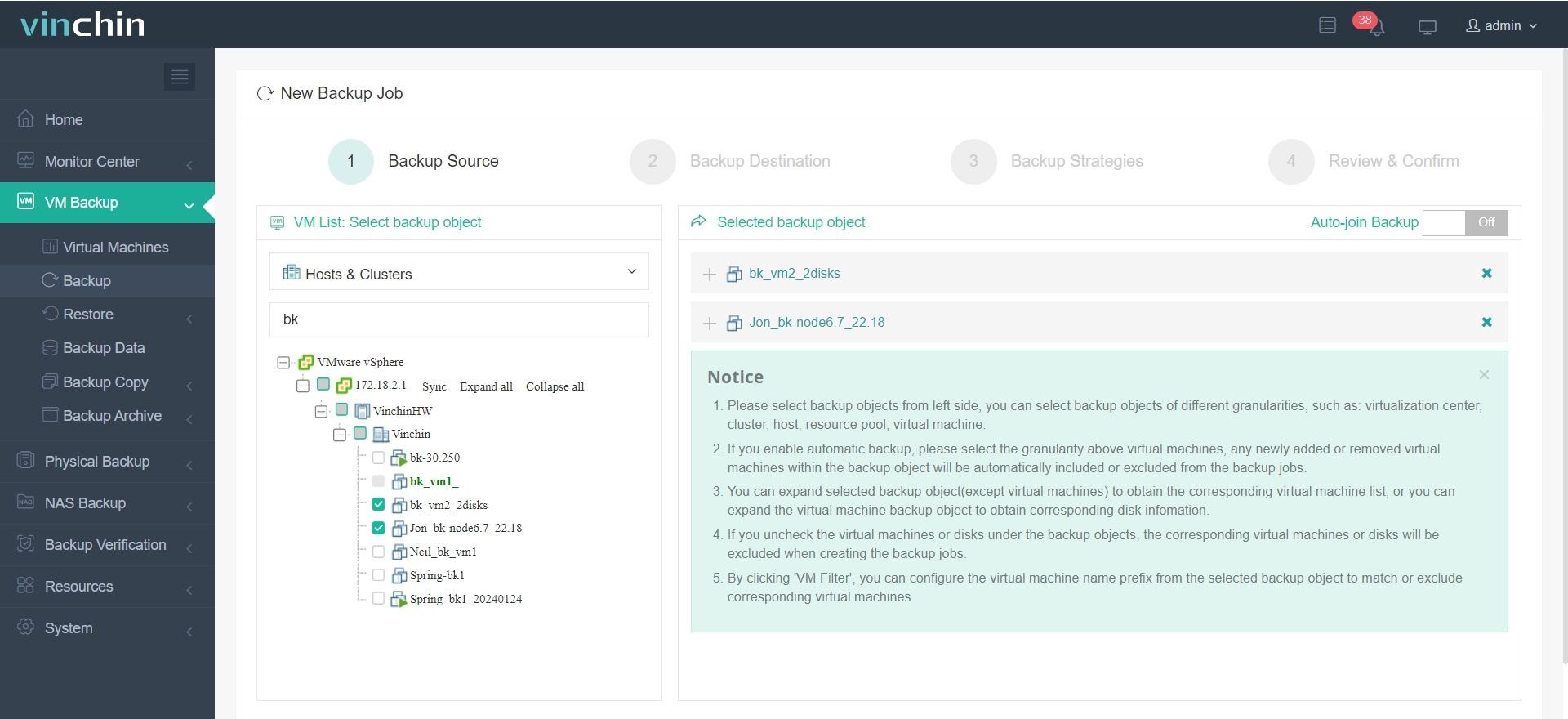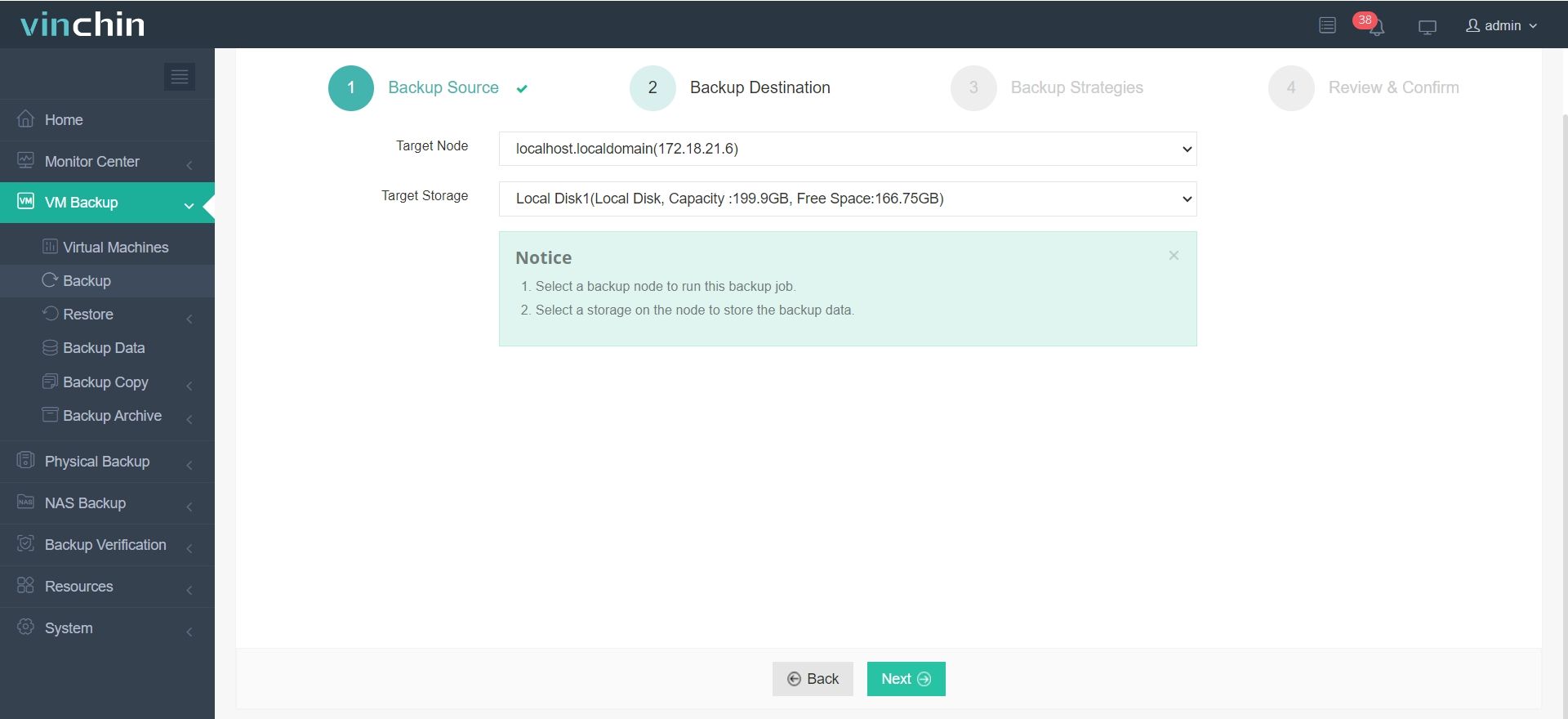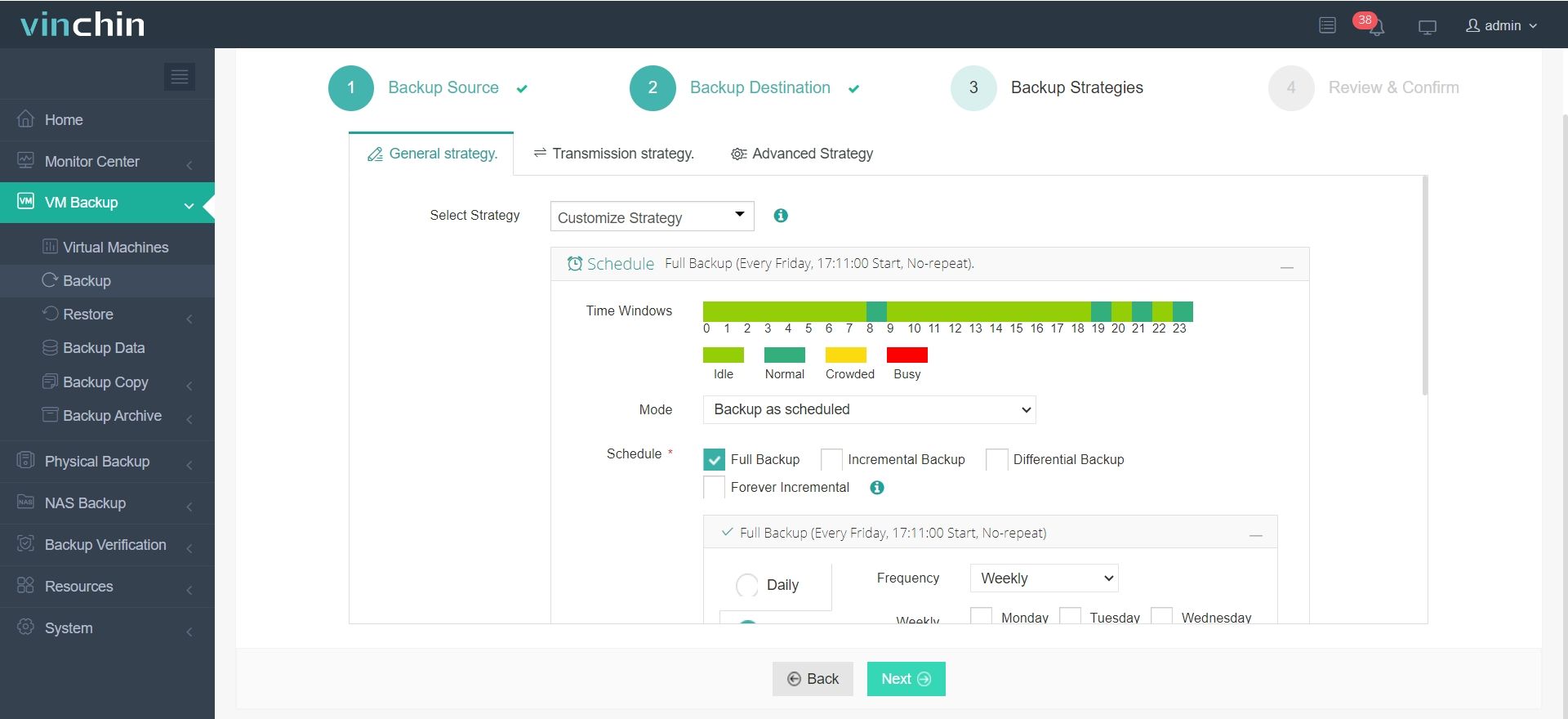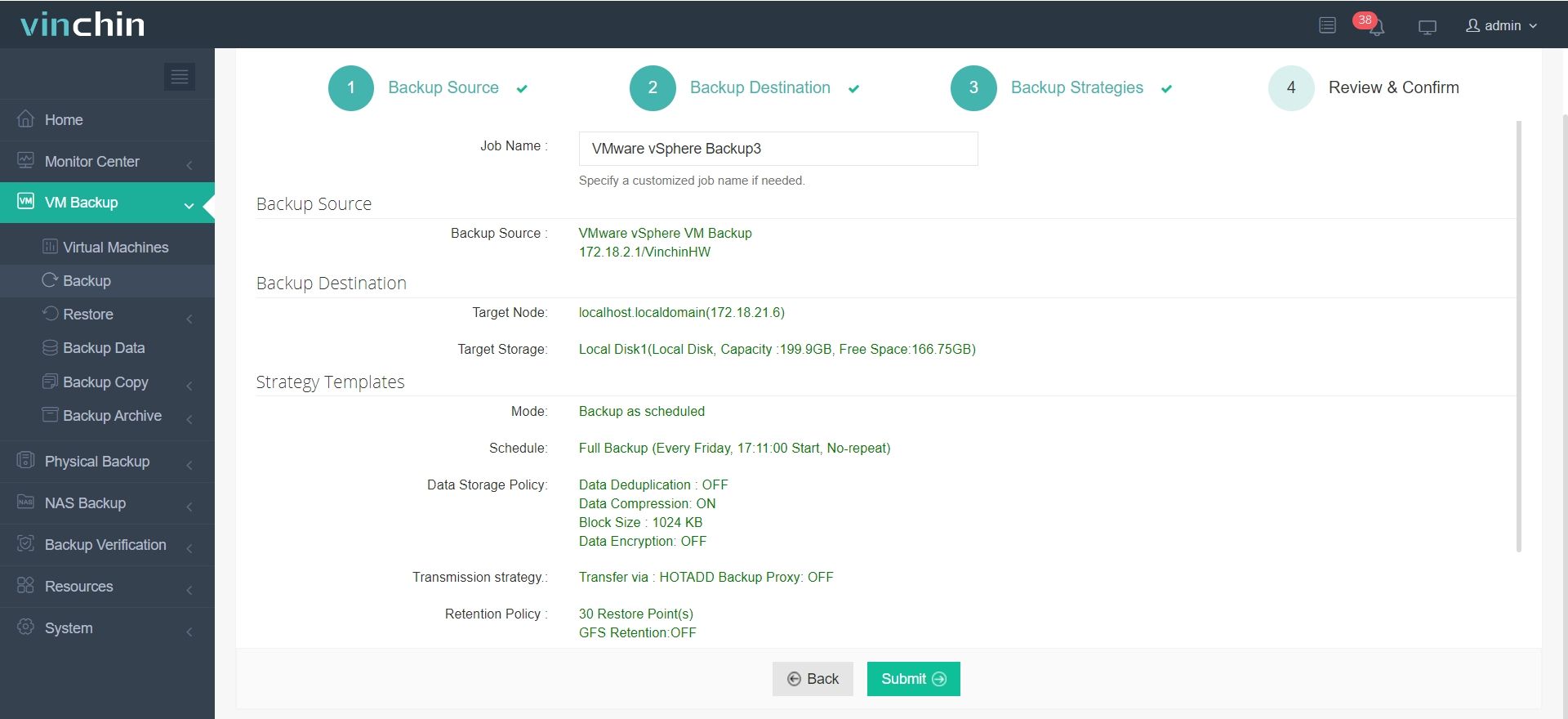-
Preventive Maintenance and Corrective Maintenance
-
How to Perform Storage Maintenance?
-
Ensure Disaster Recovery with a Professional Solution
-
Storage Maintenance FAQs
-
Conclusion
In the modern era of information technology, the storage and processing of data have become increasingly important. Whether for individual users or organizations, storage devices are necessary for saving and managing vast amounts of data. However, storage devices also face the risks of malfunction and damage. To ensure data security and reliability, it is crucial to establish a comprehensive storage maintenance plan.
Preventive Maintenance and Corrective Maintenance
Maintenance is mainly divided into PM (Preventive Maintenance) and CM (Corrective Maintenance).
Preventive Maintenance (PM)
PM is a maintenance plan where activities are initiated at predetermined intervals or based on specific standards. PM aims to prevent equipment failure, and this maintenance strategy is performed regularly, meaning that even if there are no signs of failure, inspections will still be carried out. This helps minimize potential equipment failures as much as possible to ensure smooth business operations and security.
Modern storage systems use big data analysis and AI technologies for proactive maintenance, which identifies failures in advance, reduces or avoids the impact of equipment failures on business, and accurately predicts future performance and capacity. Preventive maintenance for storage focuses on predicting the health of key components like hard drives, forecasting trends in storage system capacity, and detecting and analyzing anomalies in storage performance.
Corrective Maintenance (CM)
CM aims to fix equipment failures. This maintenance strategy is event-driven, used to correct errors in the equipment after a failure occurs. It involves troubleshooting or replacing parts to ensure normal business operations and security.
Common CM methods include proactive issue handling, upgrades, and expansions.
Proactive Issue Handling refers to the automated monitoring of equipment health (including alerts and events), along with a comprehensive process that can automatically address problems.
Upgrades involve a series of operations for software version changes, including planning, preparation, implementation, and post-upgrade verification.
Expansion occurs when the current system cannot meet the capacity or performance needs of the business. This includes adding controller nodes, disk enclosures, or hard drives to the existing system. Expansion also involves planning, preparation, implementation, and post-expansion verification.
How to Perform Storage Maintenance?
Maintaining servers and storage devices is crucial to ensuring data security and improving system stability. The following is a detailed introduction to the maintenance of servers and storage devices:
1. Regular Data Backups
Regular data backups are a critical part of maintaining servers and storage devices. Backups prevent data loss and corruption while providing a safety net for future data recovery. The frequency of backups depends on the specific situation, but daily, weekly, or monthly backups are common.
2. Operating System and Application Updates
Updating the operating system and applications is key to maintaining the security and stability of servers and storage devices. Timely installation of patches and updates for the operating system and applications helps fix known vulnerabilities, improving system reliability and security.
3. Regular Disk Space Cleanup
Regular disk space cleanup is necessary to prevent server and storage performance degradation and crashes. Over time, disk space can accumulate many unused or temporary files, consuming a significant amount of storage and causing performance drops. Cleaning disk space regularly frees up storage and enhances system responsiveness and efficiency.
4. Periodic Hardware Inspections
Regular hardware inspections help identify and fix potential problems early, ensuring the stability and reliability of servers and storage devices. Hardware checks include assessing the health and performance of key components like hard drives, memory, and CPUs, and replacing any damaged hardware to prevent future failures.
5. Installing and Updating Antivirus Software
Installing and updating antivirus software is an important measure to protect servers and storage devices. Malware and viruses can lead to data loss and system crashes. By installing and regularly updating antivirus software, system security can be significantly improved.
6. Monitoring and Recording System Status
Monitoring and logging system status help identify and resolve issues promptly, enhancing the stability and reliability of servers and storage devices. Monitoring tools can track key indicators like CPU usage, memory usage, and disk space usage, and logs can be analyzed to take timely corrective actions.
7. Establishing a Disaster Recovery Plan
A disaster recovery plan ensures the continuity and availability of servers and storage devices. This plan includes data backups, disaster recovery equipment, and redundant systems. In the event of server or storage failures or disasters, a disaster recovery plan helps restore the system quickly, minimizing downtime and data loss.
Ensure Disaster Recovery with a Professional Solution
Vinchin Backup & Recovery is designed to provide comprehensive data protection and disaster recovery for virtualized environments. It is developed to address the needs of businesses looking for reliable and efficient ways to backup and restore their virtual machines in the event of data loss, system failures, or other catastrophic events.
It supports VMware vSphere, Hyper-V, XenServer, XCP-ng, oVirt, RHV, OpenStack, Proxmox, etc. and database, NAS, file server, Linux & Windows Server. Tailored for virtual environments, Vinchin offers automated backups, agentless backup, LAN/LAN-Free options, offsite copying, instant recovery, data deduplication, and cloud archiving. With data encryption and ransomware protection, it provides dual insurance for VM backups and supports easy V2V migration.
It only takes 4 steps to backup VMs with Vinchin Backup & Recovery:
1. Select the backup object.

2. Select backup destination.

3. Configure backup strategies.

4. Review and submit the job.

Come on and experience the full capabilities of this robust system with a complimentary 60-day trial! Contact us with your requirements, and you will receive a tailored solution for your IT landscape.
Storage Maintenance FAQs
1. Q: How do I monitor storage health?
A: You can monitor storage health using tools provided by the storage manufacturer (e.g., RAID controllers, SAN management tools), or third-party software for monitoring drive health, IOPS (Input/Output Operations Per Second), and network throughput.
2. Q: What is deduplication in storage systems?
A: Deduplication is the process of eliminating redundant copies of data to reduce storage consumption. It's commonly used in backup and archive systems to optimize storage. Some storage systems offer built-in deduplication, while others rely on third-party software.
Conclusion
Regular backups, operating system and application updates, disk space cleanup, hardware inspections, antivirus software installation and updates, system monitoring, and the implementation of a disaster recovery plan are all effective methods for maintaining system stability and data security. Through appropriate maintenance measures, the performance and reliability of servers and storage devices can be enhanced, their lifespan extended, and the probability of failures and unexpected incidents reduced.
Share on:






